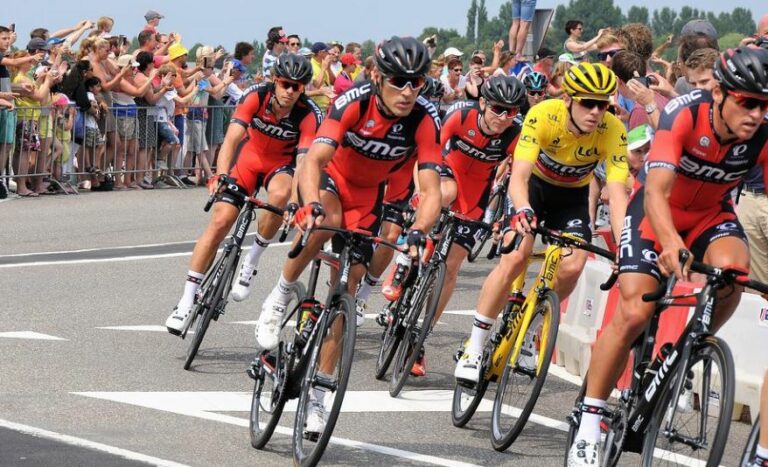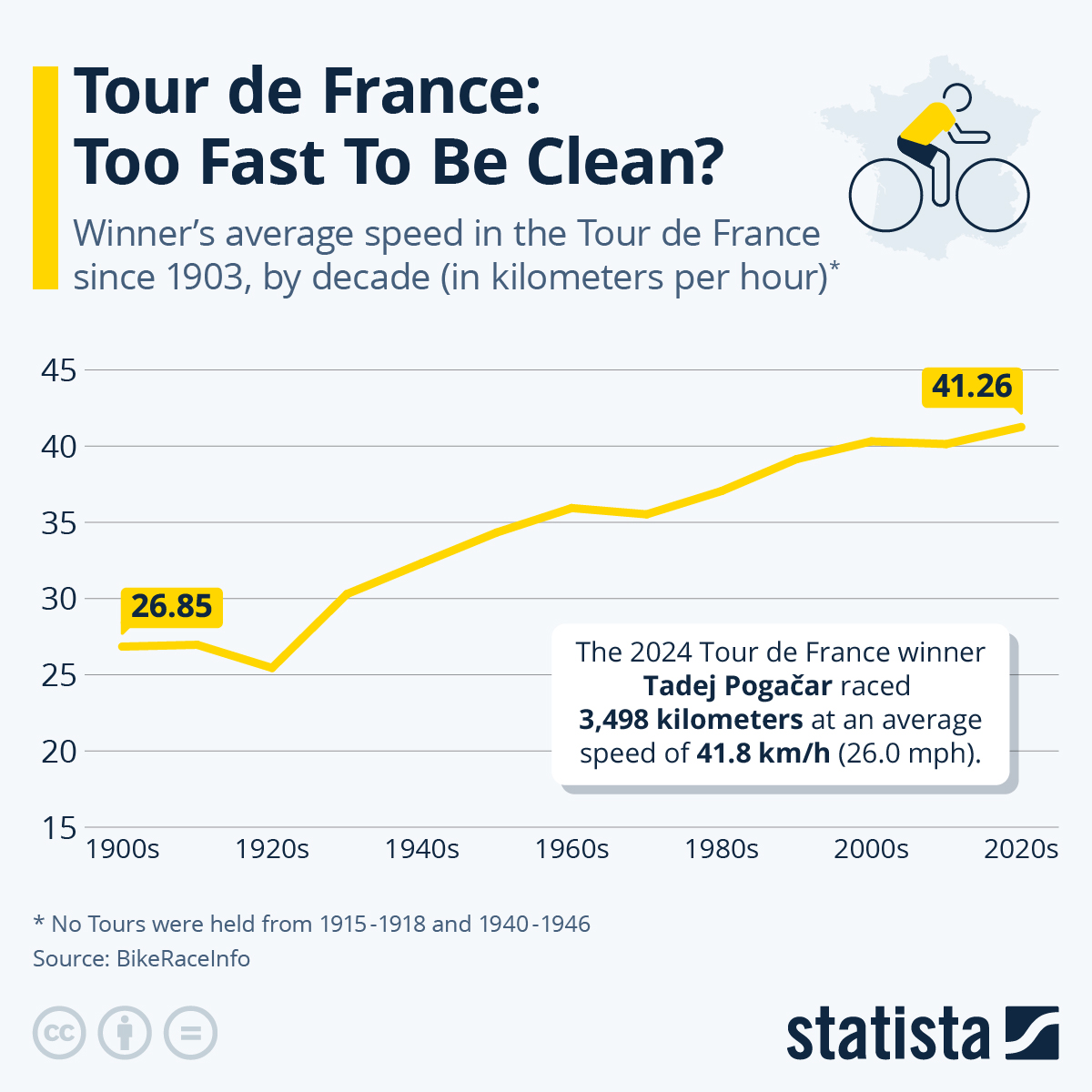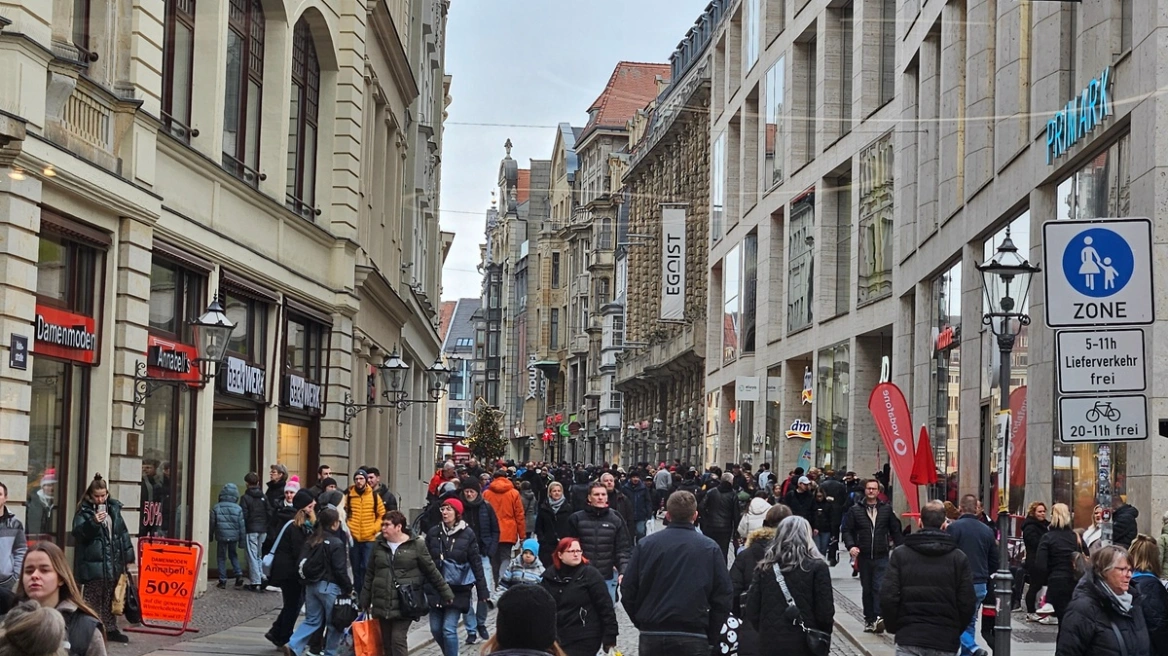When Jonas Vingegaard crossed the finish line on the iconic Avenue des Champs-Élysées in Paris on Sunday, he became only the second Dane to win the Tour de France in the competition’s almost 120-year history. Vingegaard follows in the footsteps of Bjarne Riis, who won the Tour in 1996, Vingegaard’s year of birth, although Riis’ win comes with a big asterisk after his doping confession in 2007.
Despite the blistering heat in France, Vingegaard, who had finished runner-up to Tadej Pogačar in 2021, finished the 3,343.8 kilometer race across France (and Denmark ironically) at a record speed of 42.03 km/h (26.12 mph), beating the previous record set by one Lance Armstrong in 2005 by 0.38 km/h. “Every day was quick, fast, it’s been rough. There has been a lot of attacking. It must have looked good on television,” Vingegaard said after his maiden triumph.
And while the average speed is influenced by routing as well as equipment advancements, it’s only natural for records like that to raise some suspicions given cycling’s (deservedly) bad reputation. As the following chart shows, the Tour de France has not slowed down since the doping-infested years of the early 2000s. Whether that’s due to super-fast carbon bikes, spectacular routes or the use of performance-enhancing substances is a question that only time will be able to answer.
You will find more infographics at Statista
Ask me anything
Explore related questions






